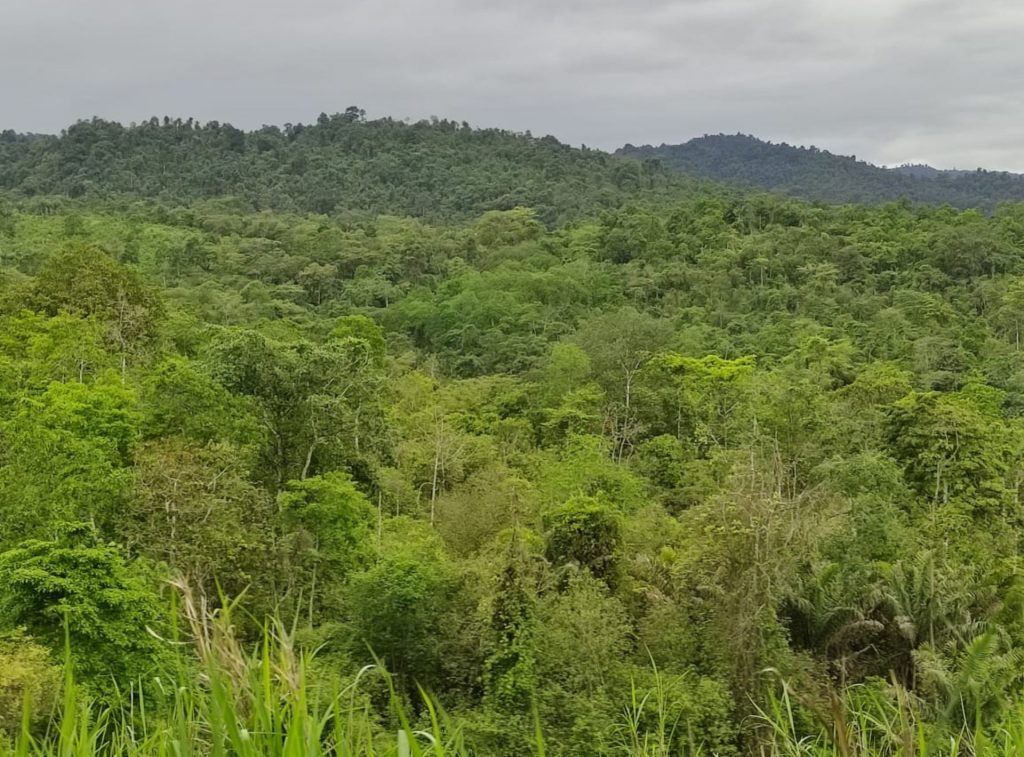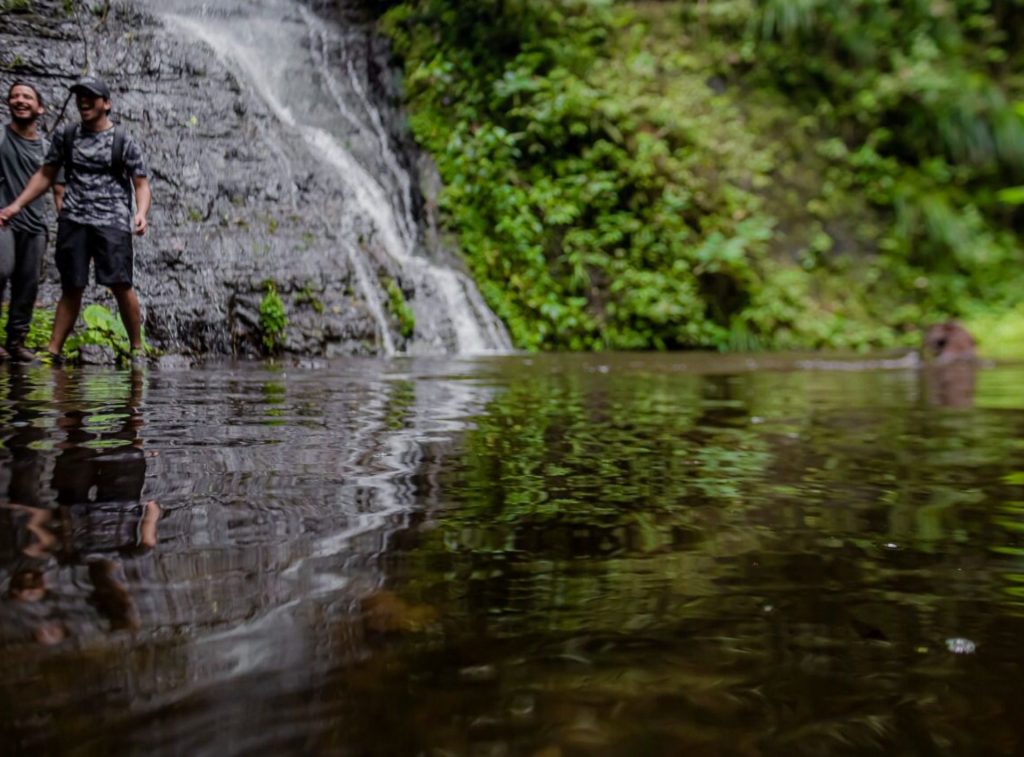Newly Declared Coastal Conservation Area in Ecuador Protects Primary Water Source for Entire Province
09/22/2022
On August 31st, 2022 the Santa Elena Provincial Protected Area was approved. The process to establish this area was led by the Provincial Government of Santa Elena and the Sustainable Landscapes Foundation, with support from Nature and Culture and Andes Amazon Fund.
The Provincial Council of Santa Elena unanimously approved the declaration of the Provincial System of Conservation and Sustainable Use Areas (PSCSUA) of Santa Elena. With this measure, by the end of the year, 277,870 acres of both dry and humid forest, will be protected. This area is high in biodiversity of plants and animals and protects the main source of water for the entire province. “It is very important for us to have these Areas of Conservation and Sustainable Use since Santa Elena does not have its own water source. The only water source is the forest,” said Bertha Carpio, Director of Environmental Management of the Province of Santa Elena.

The PSCSUA covers 80.7% of the province’s native forest. This includes the protective forest of the Cordillera Choncón Colonche and the remnants of eight biodiverse terrestrial ecosystems. According to studies carried out in this protective forest, there are about 171 species of birds and 37 species of mammals. Scientists estimate that the number of species is probably more, as there is still much to study.
Bird Lovers Flock to Santa Elena
Santa Elena attracts thousands of tourists a year for its natural landscapes and beaches. Among these tourists, bird lovers visit Santa Elena to find species that are not found anywhere else in the world. This new provincial protected area is within the Tumbesian Bird Endemism Area, an area with one of the highest number of endemic bird species in the world. 56 unique species of birds have been recorded in the Tumbesian Bird Endemism Area. It is also home to iconic species, such as the Esmeraldas hummingbird (Chaetocercus berlepshi), and critically endangered species such as the Guayaquil Parrot (Ara ambiguus).
A Corridor in the Coastal Forest
The expansion of the agricultural frontier has left a fragmented landscape of forests on Ecuador’s coast, isolating populations of animals such as the jaguar, puma, and capuchin monkey. These species depend on wide-ranging habitats to survive. “The coast of Ecuador is the region that has the fewest terrestrial protected areas, and the most worrying thing is that there is less and less forest, everything there is very fragmented. Santa Elena is home to one of the last remnants of the coastal forest,” says Max Lascano, Executive Director of the Sustainable Landscapes Foundation (PASOS). Thanks to the establishment of the PSCSUA, large mammals and other animals will be able to move from the Machalilla National Park located in the province of Manabí, to the Loma Alta Communal Ecological Reserve and the Chongón Colonche Protective Forest in Santa Elena, without danger.
Conservation to Ensure Long-Term Water Access
According to the National Drought Plan 2021-2030, Santa Elena is one of the provinces with the highest susceptibility to droughts due to climate change. The PSCSUA, in addition to storing 17 million tons of carbon and contributing to the mitigation of global climate change, protects 97.5% of Santa Elena’s water sources. The conservation measures of the PSCSUA are intended to ensure the long-term quantity and quality of water for local inhabitants. According to Renzo Paladines, Director of Conservation at Nature and Culture International, “the water sources that supply most cities and towns in the province and all hotels, holiday resorts and other tourist and industrial enterprises of Santa Elena are in these conservation areas, so their protection is fundamental.”

To establish the PSCSUA, the PASOS Foundation and Nature and Culture, worked together with the Provincial Government of Santa Elena and 32 communities to develop the plan and delineation of these new protected areas. To ensure the area’s long-term conservation, management activities will be implemented. This includes control and monitoring, research, restoration, reforestation, and sustainable production. According to Carpio, activities such as agro-ecology and bio-enterprises will be implemented to allow communities to grow while continuing to conserve their forests.


